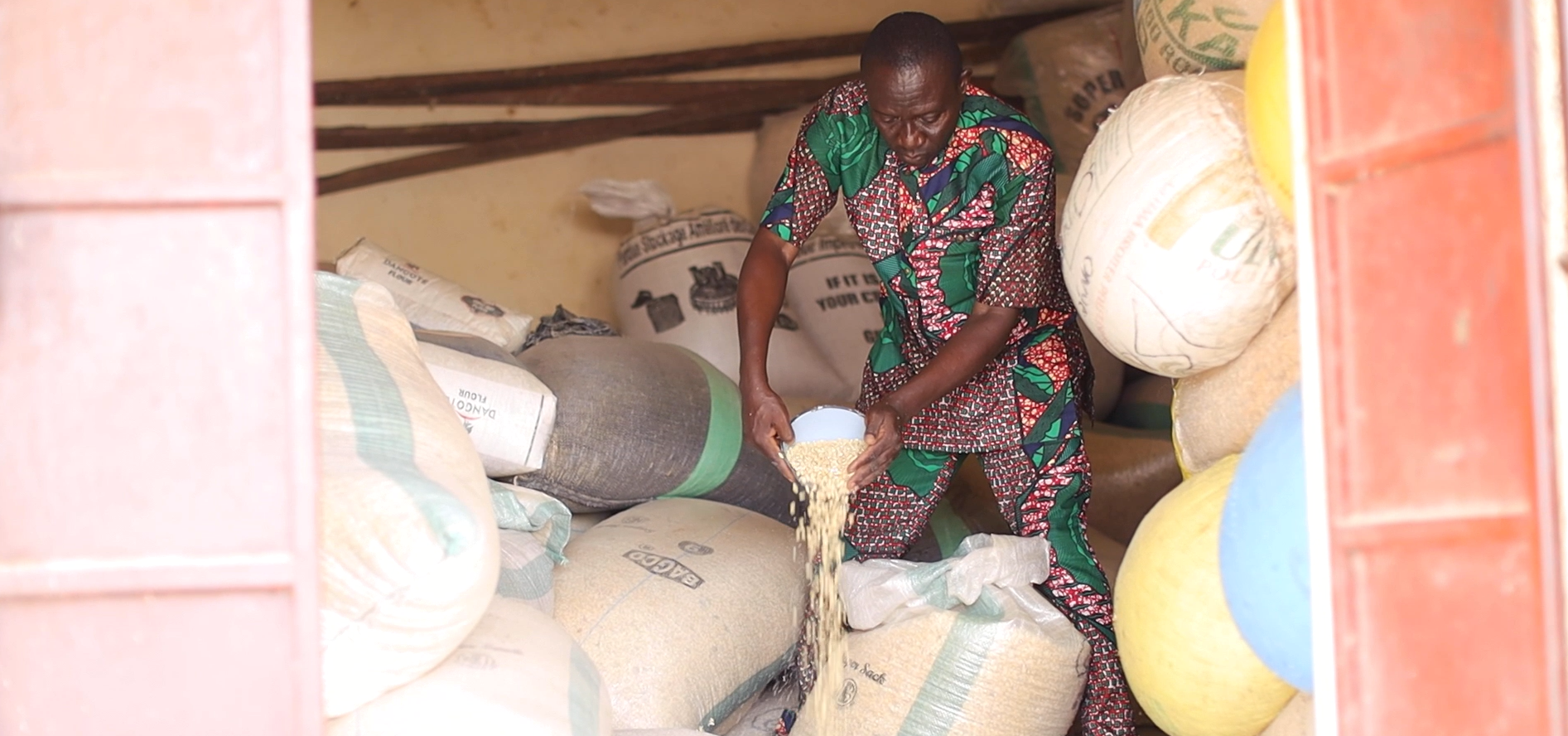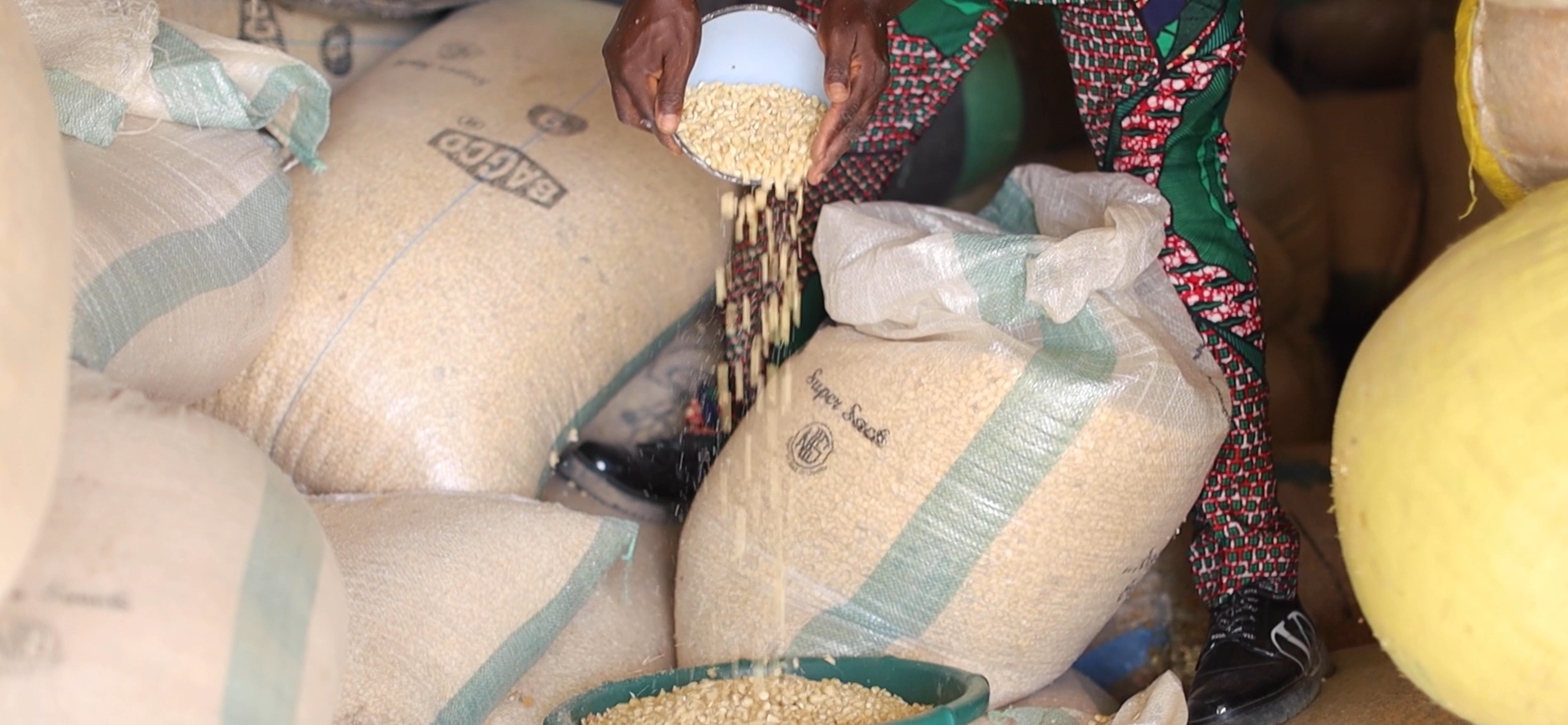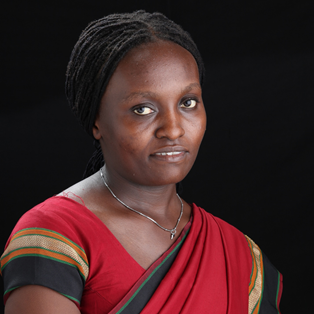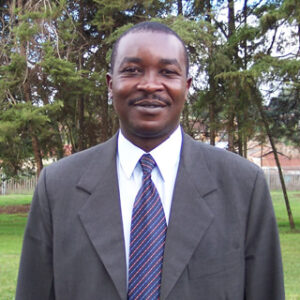By Verenardo Meeme
April 8, 2025
(Abuja, Nigeria)- Life took an unexpected turn for 51-year-old Cyprian Ede Amechi of Laminga, when a health issue forced him to leave his public health career in 2017. With mounting bills and a family of four to feed, maize farming became his only option.
It proved to be a challenging yet ultimately rewarding transition.
“It has not been an easy journey,” Cyprian confesses, standing in his now-thriving maize field. “Since I started farming, I had been experiencing losses. I didn’t know what seed to choose. I didn’t even know that there are maize varieties that have been bred to resist pests.”
Determined to succeed, he immersed himself in research, scouring online and offline platforms for the best farming techniques. His persistence led him to TELA maize, a game-changing variety that transformed his fortunes.
Developed under the TELA Maize Project, a successor to the Water Efficient Maize for Africa (WEMA) initiative, this innovative seed is drought-tolerant and pest-resistant. It is specifically engineered to combat fall armyworm and stemborers, two of the most devastating maize pests in Africa.
For Cyprian, the results of growing TELA maize were undeniable.
“I used to spend up to ₦30,000 on pesticides, but with TELA maize, I haven’t spent a dime,” he says. “On my 10-plot farm (about one hectare), I harvested 42 bags, compared to just 25-35 bags with conventional maize, even after spending heavily on chemicals.”
Cyprian’s experience is not unique. Farmers who adopted TELA maize in 2024 saw a 54% increase in yield, along with higher revenues and reduced production costs due to lower pesticide use, according to Dr. Sylvester Oikeh, TELA Project Manager.

A celebrity in his village
Cyprian’s success didn’t go unnoticed. His fields remained lush and green even during droughts, while neighboring farms withered.
“Farmers in my community thought I was using charms!” he recalls with a laugh. “When my maize stayed green while others dried up, everyone was shocked.”
His spacing technique also raised eyebrows. Some villagers thought he planted too closely, but the uniform germination and high yields silenced skeptics.
Accelerating adoption of TELA maize
Despite Cyprian’s success with TELA maize, some farmers remain hesitant due to misinformation that makes false claims about its taste and impact on soil health. Cyprian, however, confirms that the maize meal from TELA is just as soft and sweet as conventional varieties. As for soil health, TELA maize can actually improve it because of reduced pesticide use.
To help other farmers achieve his same level of success, Cyprian urges the government and researchers to increase awareness campaigns in local languages, establish demo plots to showcase real results on real farms and make seeds more affordable for smallholder farmers. Cyprian believes these steps will accelerate adoption.
Dramatic real-world results
In January 2024, the government of Nigeria released four TELA maize hybrids (SAMMAZ 72T, SAMMAZ 73T, SAMMAZ 74T and SAMMAZ 75T) for commercialization, according to Oikeh. These hybrids offer exceptional benefits, including pest resistance and drought tolerance. This built-in protection assures farmers of a significant yield advantage during low-rainfall seasons while also saving them the cost of chemical pesticide sprays.
To assess the performance of TELA maize in real world situations, researchers surveyed 133 farmers-95% male and 5% female-in three key maize-growing regions: Northern Guinea Savanna (87%), Southern Guinea Savanna (11%) and Sudan Savannah (2%). The results confirmed the advantages of growing TELA maize.

Yield advantage & food security potential: TELA maize demonstrated a yield advantage of 54% over other maize varieties, with a mean yield of 5.09 tons/ha compared to 3.30 tons/ha for non-TELA maize. The higher yield improves domestic maize production and contributes to enhanced food security.
Revenue benefit: Farmers growing TELA maize made significantly more money, achieving total revenues of 3,160,890 Naira (USD 2,098.42) per hectare compared to 2,049,300 Naira (USD 1,360.47) from other maize varieties. The higher revenue was due to both increased yield output from the TELA plots and reduced insect infestation.

Reduced crop damage and pesticide use: TELA maize showed enhanced resistance to FAW and stem borer pests, experiencing less crop damage than other maize varieties. Additionally, TELA maize plots required few or no pesticide applications, which translated into savings for farmers due to reduced expenditures on both pesticides and labour.
Superior performance: Farmers consistently reported superior performance of TELA maize in terms of uniform germination, pest resistance and higher yields, coupled with reduced labour and input requirements, especially on pesticide.
Prosperity and food security
From battling health challenges to becoming a model farmer, Cyprian’s journey is a testament to the same sort of resilience and innovation that led African scientists to develop TELA maize.
“I see a lot of opportunities to improve,” he says, gazing at his flourishing fields. “With TELA maize, farming isn’t just survival. It is prosperity.”
As more Nigerian farmers embrace the technology that created TELA maize, the dream of food security, higher incomes and sustainable farming inches closer to reality.





















































































